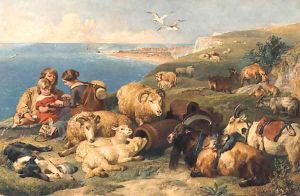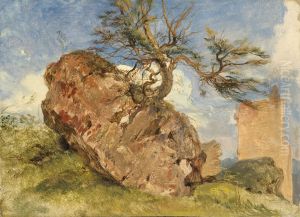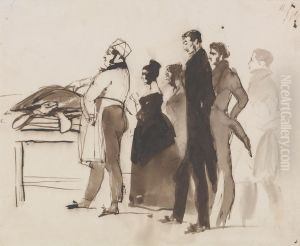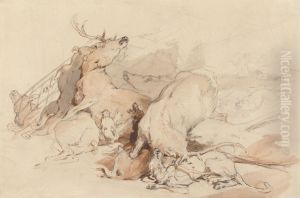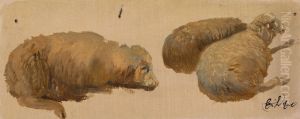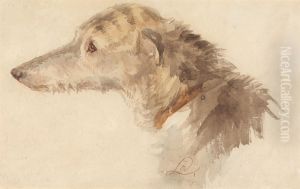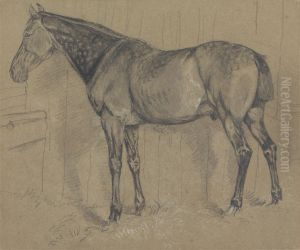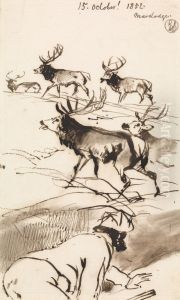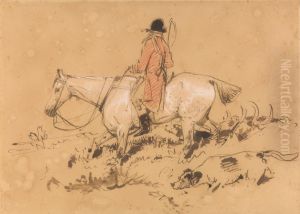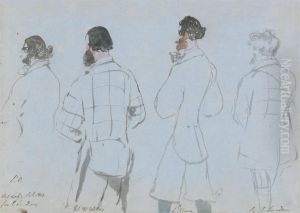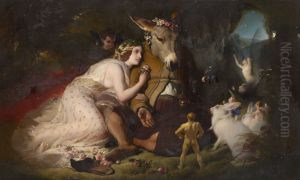Edwin Landseer Paintings
Sir Edwin Henry Landseer was a renowned British painter and sculptor born on March 7, 1802, in London, England. He was known for his ability to capture animals with remarkable realism and expressiveness, particularly horses, stags, and dogs. Landseer's talent for art was evident from an early age, and he received early training from his father, John Landseer, who was an engraver and writer on art subjects.
Landseer's prodigious talent led to his enrollment in the Royal Academy Schools at the age of just 13, which was quite young even for prodigies at that time. By the age of 16, he had already exhibited works at the Royal Academy of Arts. His career progressed rapidly, and he gained popularity and critical acclaim for his animal paintings, which often contained a level of sentiment and anthropomorphism that appealed to Victorian sensibilities.
Throughout his career, Landseer enjoyed the patronage of Queen Victoria and Prince Albert, who were fond of his work. He was appointed as Queen Victoria's animal painter and created numerous portraits of the royal pets. Landseer's ability to infuse his animal subjects with human-like emotions and social commentary made his work unique.
Perhaps Landseer's most famous sculpture is the lion sculptures in Trafalgar Square, which he was commissioned to create in memory of Admiral Lord Nelson. Despite his successful career, Landseer struggled with bouts of depression, and his mental health declined in his later years. He was knighted in 1850 for his contributions to art and passed away on October 1, 1873, at the age of 71. Today, Landseer's works remain a testament to his skill in capturing the beauty and character of animals, and he is considered one of the foremost animal painters of the 19th century.
